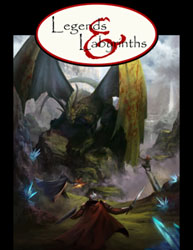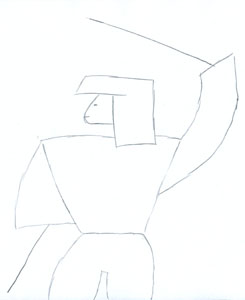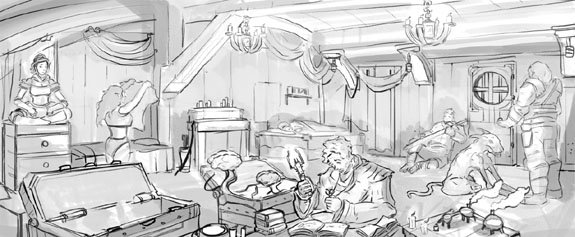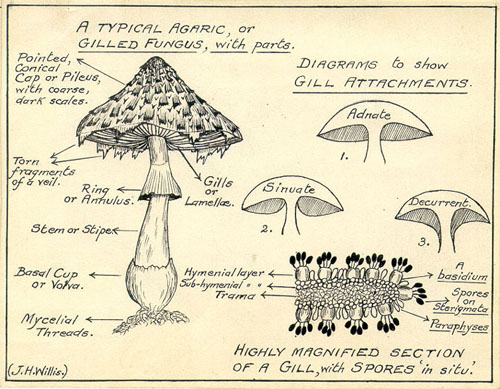A fellow over on Reddit asked for feedback on a campaign in which an ancient curse prevented anyone from gaining XP and advancing past 1st level — a “world without heroes”. My random thoughts:
First, experience points are an abstract mechanic that represents the ability for people to learn and grow as individuals. If the world is literally “no XP is ever gained by anyone, ever” then, in terms of the game world, that means a world of horrible, almost automaton-like stasis.
Of course, if people can never learn anything more than the knowledge they’re born with, the human race is basically reduced back to base animals. So let’s make an exception for kids: If you’re a kid, you can still learn and be educated. But once you hit 16 or 18 (or whatever arbitrary age you want to set), the curse takes effect and the light in your eyes is snuffed out.
This opens the door a bit for child prodigies: The exceptional few who can achieve more than 1st level before they turn 18 and the curse hits them. Most of ’em still won’t get far, but you might get the occasional 3rd level character running around just to ease things up in your world-building a bit. (This could also give you a mechanism for your PCs: They’re actually just exceptional 16 year olds. But the clock is ticking for them: At 18, the light goes out. If they’re going to find a way to reverse the Curse, they’re going to have to do it before they join the grey mass of inertia-driven grown-ups around them.
SURVIVING IN A WORLD OF MONSTERS
The typical PC races are going to have a real tough time of it if the world is filled with CR 2-20 encounters and they’re all stuck at CR 1. Although the other races are also limited by the Curse, even something as simple as an ogre has a huge advantage in terms of natural selection in this world.
The obvious solution is that the PC races need to either transform themselves into something more powerful or they need to make powerful allies. A few possibilities off the top of my head:
(1) Most of the successful city-states have made pacts with demons. Basically, an entire city will auction off its souls to a demonic patron and that patron will, in exchange, protect them. A few “soul-free” might cling to the edges of civilization, but the lands of the civilized races have become dark and perverted places — a patchwork of demonic alliances waging fruitless and endless proxy wars.
(2) Vampires vs. Werewolves. Cliche? Sure. But undead and lycanthropic plagues are one of the few ways for humans to empower themselves in this milieu. Expect to see cities where vampires rule openly as an elite caste and freedom fighters attempting to overthrow the vampires willingly infect themselves with lycanthropy in order to have the strength to rebel.
(3) Or, vice versa, the nobles are all lycanthropes who, once per month, invoke their ancient rights of sanguis nocte and hunt through the city or countryside to feast upon their subjects.
(4) Or perhaps it’s a world in which human cities are built around plateaus of step-pyramids in which almost constant human sacrifices are carried out as part of the ritual magic required to keep the vast undead armies protecting the city under control.
(5) Dwarves survive because they have hidden themselves away behind vast layers of stone. Their cities are laced with countless traps — an endless layering of defenses which only fuels the well-earned dwarven paranoia. (Because they know, deep in their hearts, that some day a darkness will creep into their cities and they will be powerless to stop it. And the deeper they delve away from the terrors of the sunlit world, the closer to that darkness they come.) The rigidity of their caste structures coupled with the effects of the Curse over long centuries have reduced the majority of the dwarven population to an autonomous hivemind. (Ever read Snow Crash by Neal Stephenson? Think about he describes the form human civilization took before we gained individual consciousness.)
(6) Things are not pretty for the elves. The woods they once ruled are filled with powerful dangers they are no long capable of mastering and the ancient demesnes that once swore fealty to them are now more powerful than they. They are a broken and scattered people with no homeland to call their own. It is said, however, that in the earliest days of the Curse some of the elves crafted refuges upon the Ethereal Plane before their craft was utterly lost to them. Its hard to say what may have happened to those trapped within, having no way to return to the Material Plane when the arts of magic required for the passage were lost to them.
















